The world today doesn't make sense, so why should I paint pictures that do?
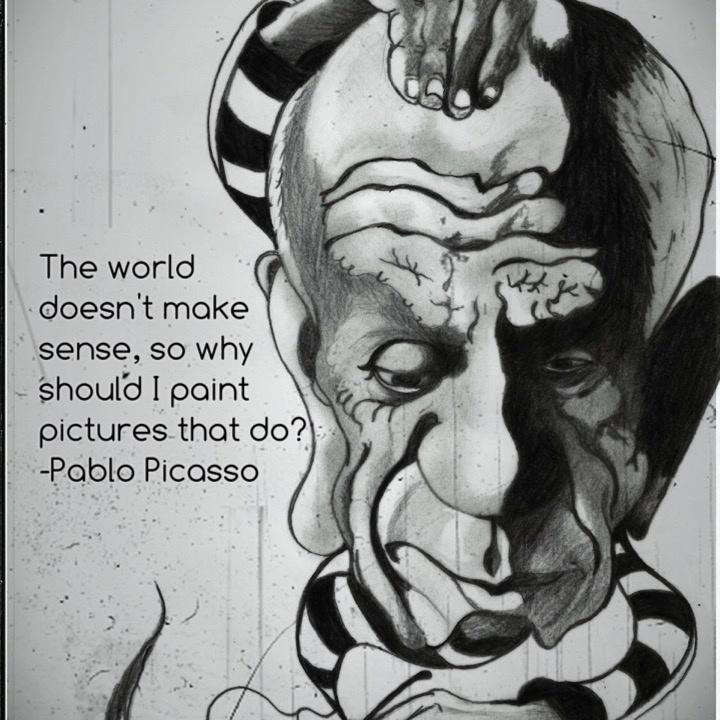
The world today doesn't make sense, so why should I paint pictures that do?
Pablo Picasso, one of the most influential artists of the 20th century, is known for his revolutionary approach to art and his ability to challenge traditional artistic norms. His quote, “The world today doesn't make sense, so why should I paint pictures that do?” encapsulates his belief that art should reflect the chaos and complexity of the modern world rather than adhere to conventional standards of beauty and order.Picasso lived through a time of great upheaval and change, with two world wars, economic depression, and social unrest shaping the world around him. In the face of such turmoil, Picasso saw no reason to create art that simply replicated the status quo. Instead, he sought to capture the essence of the world as he saw it – fragmented, disjointed, and often nonsensical.
Picasso’s artistic style, particularly his development of Cubism, reflects this desire to break free from traditional artistic conventions. In Cubist works such as “Les Demoiselles d'Avignon” and “Guernica,” Picasso deconstructed form and perspective, creating fragmented and distorted images that challenged viewers to see the world in a new way. By embracing chaos and disorder in his art, Picasso was able to convey the complexity and uncertainty of the modern world in a way that traditional art could not.
Picasso’s quote also speaks to his belief in the power of art to provoke thought and inspire change. By creating works that defied expectations and challenged viewers to question their assumptions, Picasso believed that art could serve as a catalyst for social and political transformation. “Guernica,” his powerful anti-war painting inspired by the bombing of the Spanish town during the Spanish Civil War, is a testament to this belief. Through his art, Picasso sought to make sense of a world that often seemed senseless, and to encourage others to do the same.

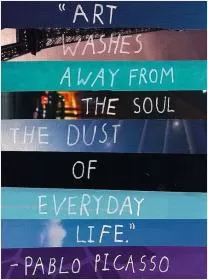

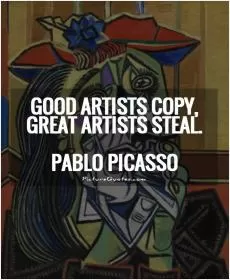
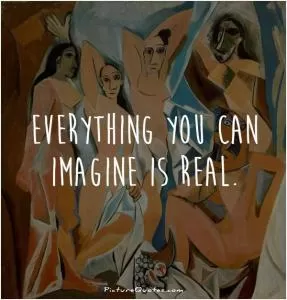
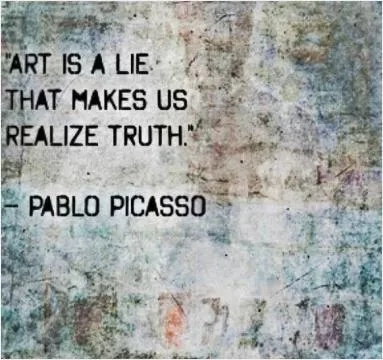
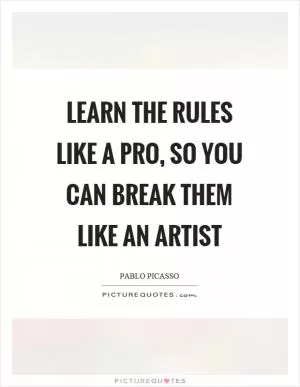

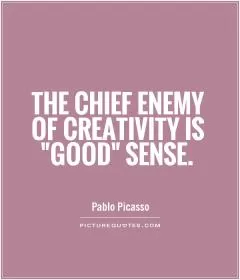

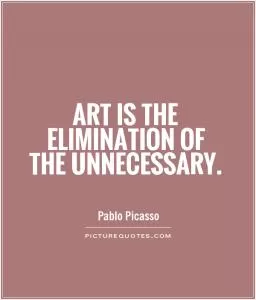

 Friendship Quotes
Friendship Quotes Love Quotes
Love Quotes Life Quotes
Life Quotes Funny Quotes
Funny Quotes Motivational Quotes
Motivational Quotes Inspirational Quotes
Inspirational Quotes